Fighter Helmet Numerical Simulation with Phase Change Material (PCM) Cooling
$100.00 $50.00 Student Discount
- The problem numerically simulates the Fighter Helmet with Phase Change Material (PCM) using ANSYS Fluent
- The geometry is designed in SpaceClaim, and the meshing is performed using ANSYS Meshing.
- The mesh type is polyhedral, resulting in over 4 million elements.
- We aim to investigate the thermal performance and the effectiveness of incorporating Phase Change Material (PCM) for cooling.
To Order Your Project or benefit from a CFD consultation, contact our experts via email (info@mr-cfd.com), online support tab, or WhatsApp at +44 7443 197273.
There are some Free Products to check our service quality.
If you want the training video in another language instead of English, ask it via info@mr-cfd.com after you buy the product.
Description
Description
This report presents a numerical simulation study of a fighter helmet to investigate the thermal performance and the effectiveness of incorporating Phase Change Material (PCM) for cooling. The simulation was conducted using ANSYS Fluent, with the geometry modelled in SpaceClaim.
The fighter helmet geometry was created in SpaceClaim. The meshing was performed in ANSYS Meshing using triangular elements, resulting in a mesh with over 20 million elements. Half of the geometry was simulated to reduce computational cost, taking advantage of symmetry. The triangular mesh was then converted to polyhedral elements within Fluent to improve computational efficiency further, resulting in a polyhedral mesh with over 4 million elements.
Methodology
Two simulations were conducted: one without PCM and another with PCM incorporated into the helmet. A 2 mm diameter tube was included inside the helmet for fluid flow in both cases. The first simulation was performed as a steady-state analysis(to model liquid flow), while the second one was transient (to model PCM). The k-ε standard turbulence model was employed. In the second simulation with PCM, the Solidification and Melting model was activated. The SIMPLE algorithm was used for pressure-velocity coupling.
Results
The simulation results provide valuable insights into the thermal performance of the fighter helmet with and without PCM cooling. The initial steady-state simulation without PCM, as shown in Fig. 3 (left), reveals that the helmet experiences significant heating. The temperature distribution indicates that the helmet reaches high temperatures, which could lead to discomfort and potential heat-related issues for the pilot.
A second simulation was conducted to address this problem by incorporating PCM. The transient analysis, as depicted in Fig. 3 (right), demonstrates the effectiveness of PCM in reducing the helmet temperature. The PCM absorbs the excess heat, undergoes a phase change, and helps to maintain a more comfortable temperature range for the wearer.
The temperature contours in Fig. 3 clearly illustrate the difference between the two scenarios. The helmet exhibits a more uniform high-temperature distribution in the case without PCM. On the other hand, the simulation with PCM shows a notable reduction in temperature, particularly in the regions where the PCM is located. This temperature reduction is attributed to the latent heat absorption capability of the PCM during its phase transition.
Conclusion
The numerical simulation study of the fighter helmet highlights the potential benefits of incorporating PCM for thermal management. The results show that PCM can effectively reduce the helmet temperature, enhancing the comfort and safety of the pilot. Further optimization of the PCM placement and properties could improve cooling performance.
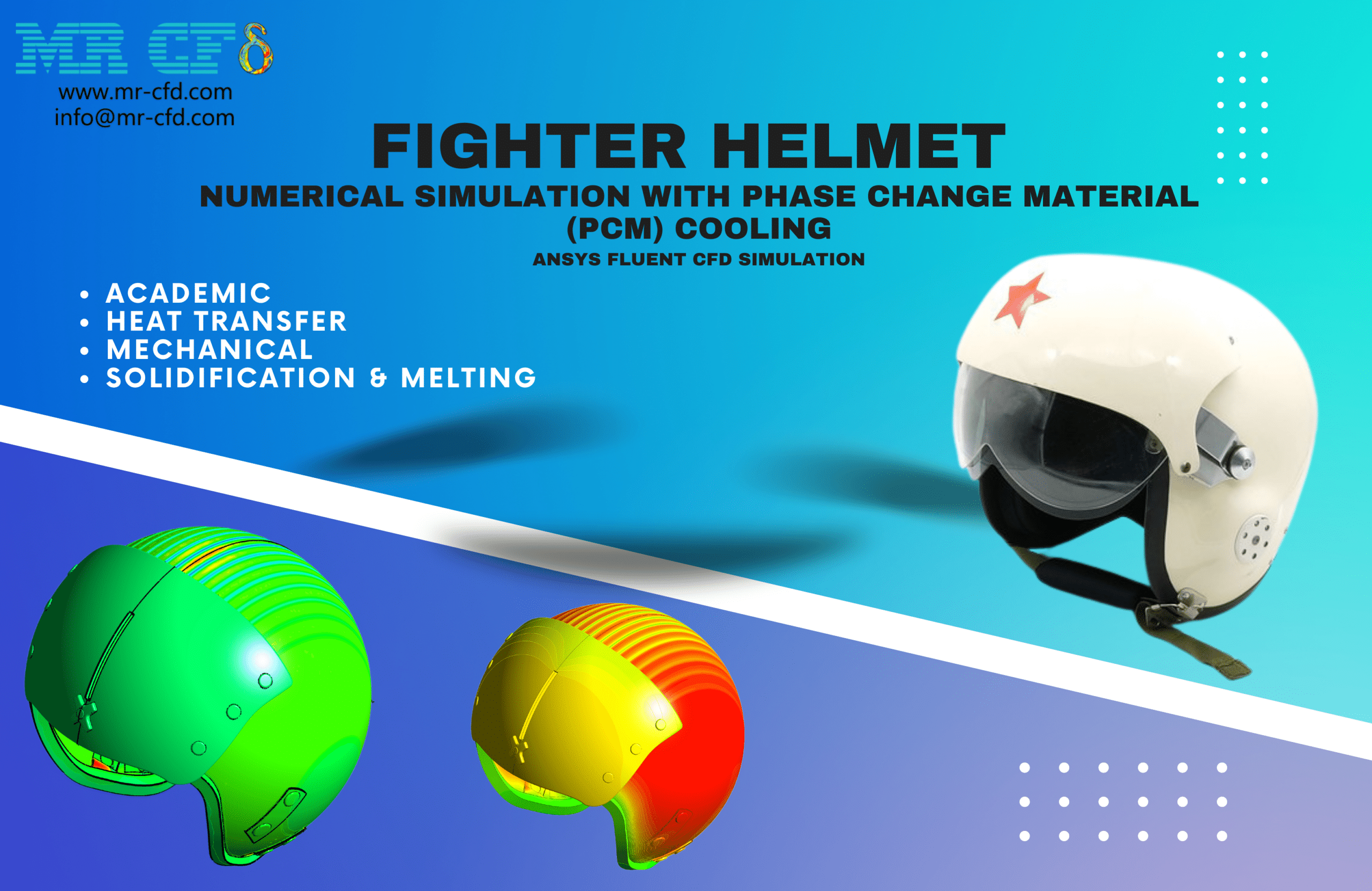
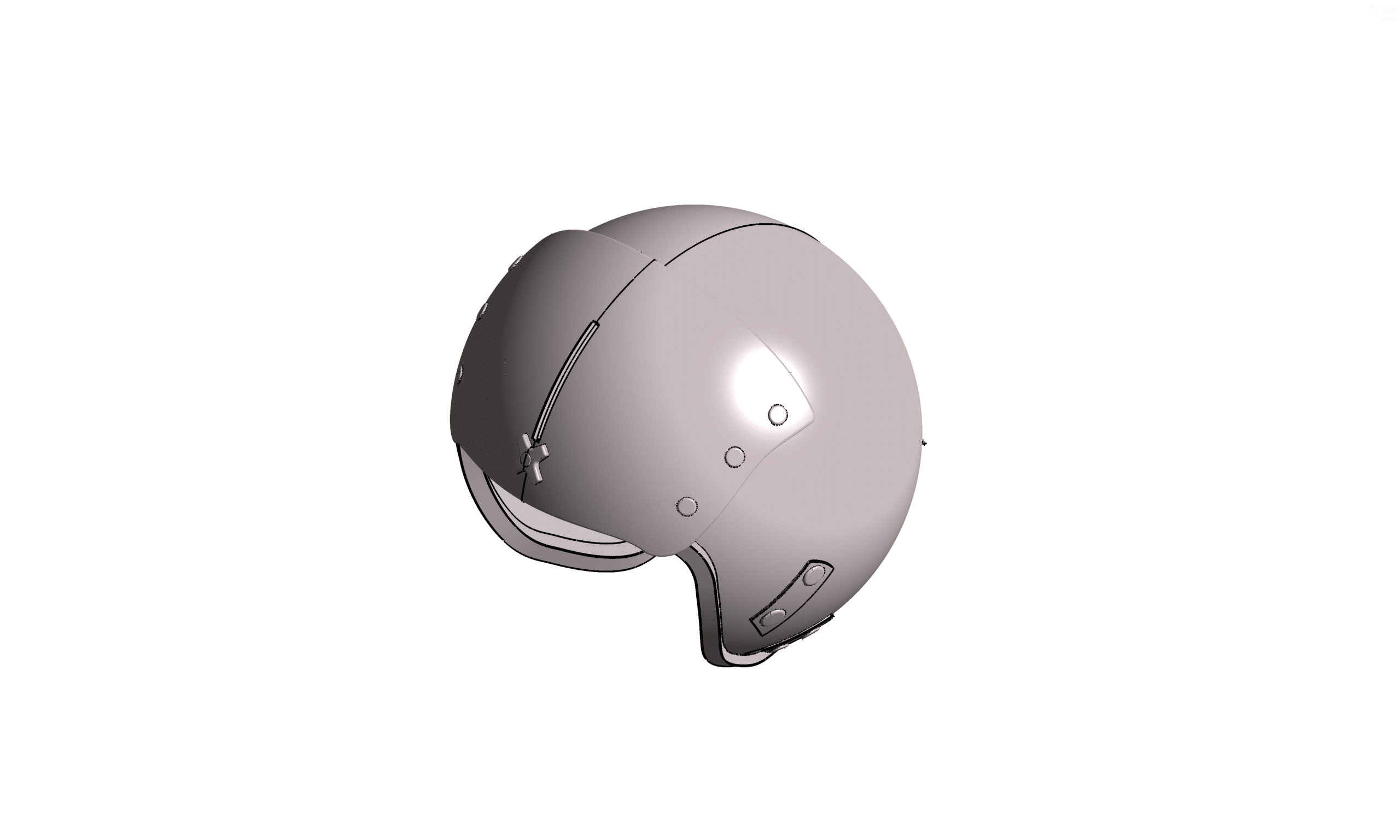
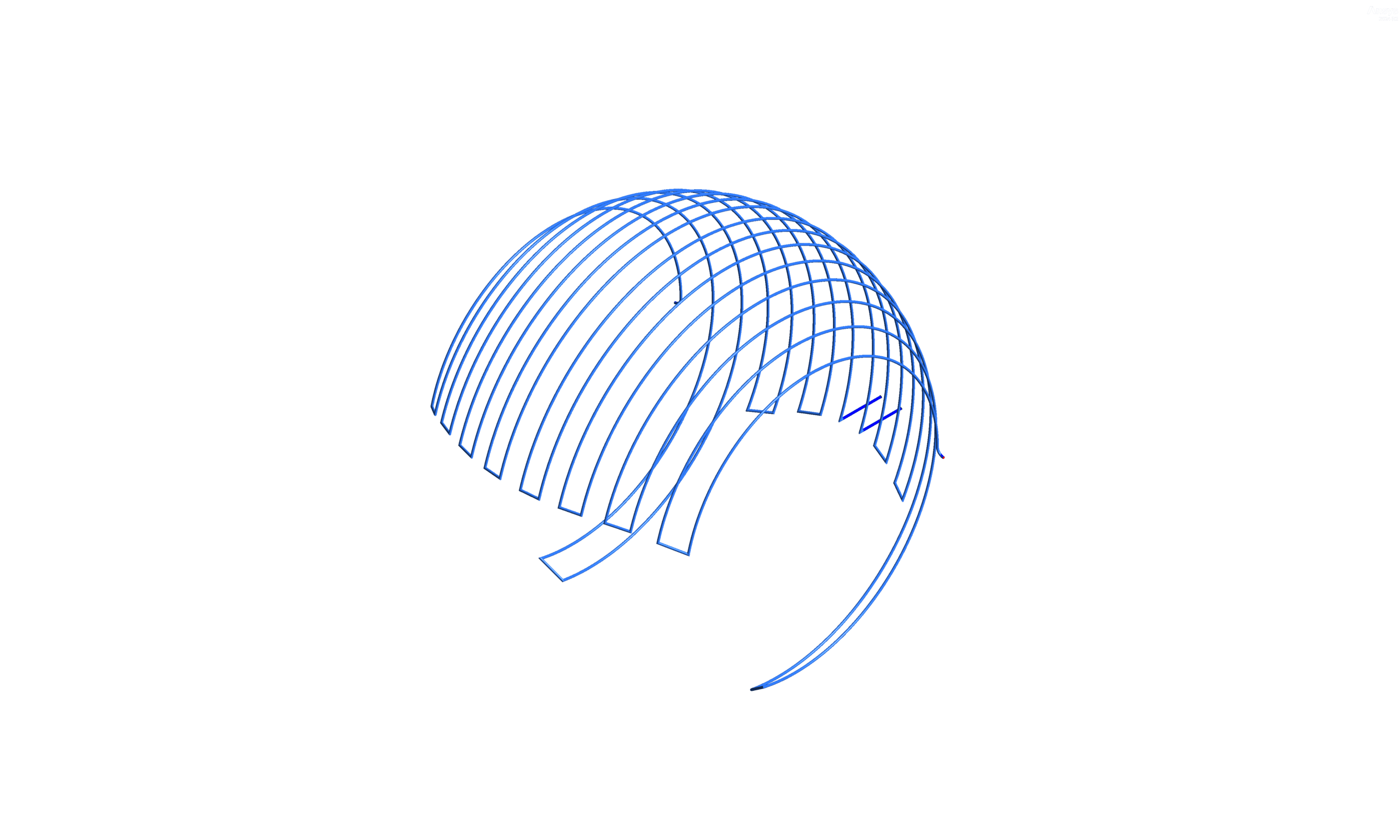
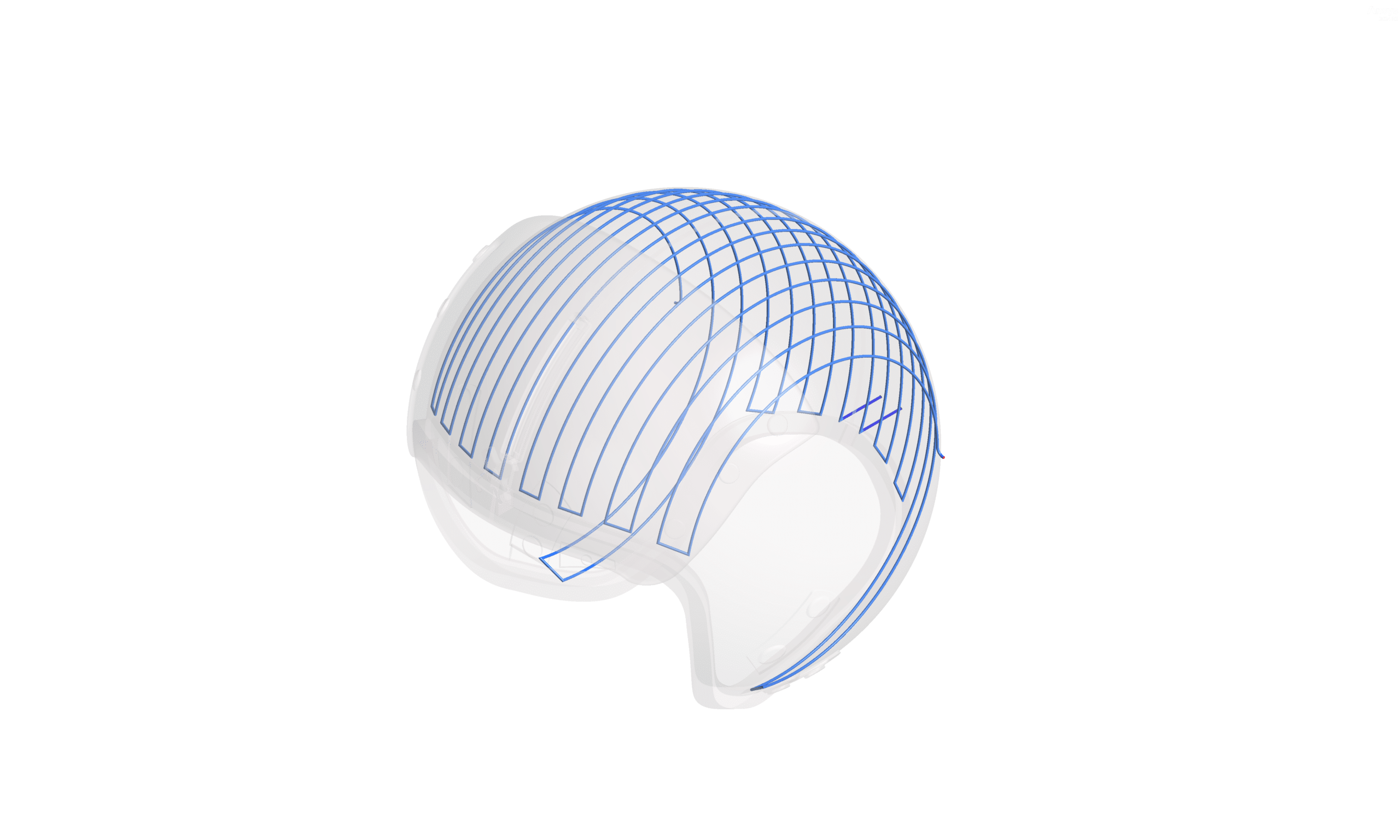
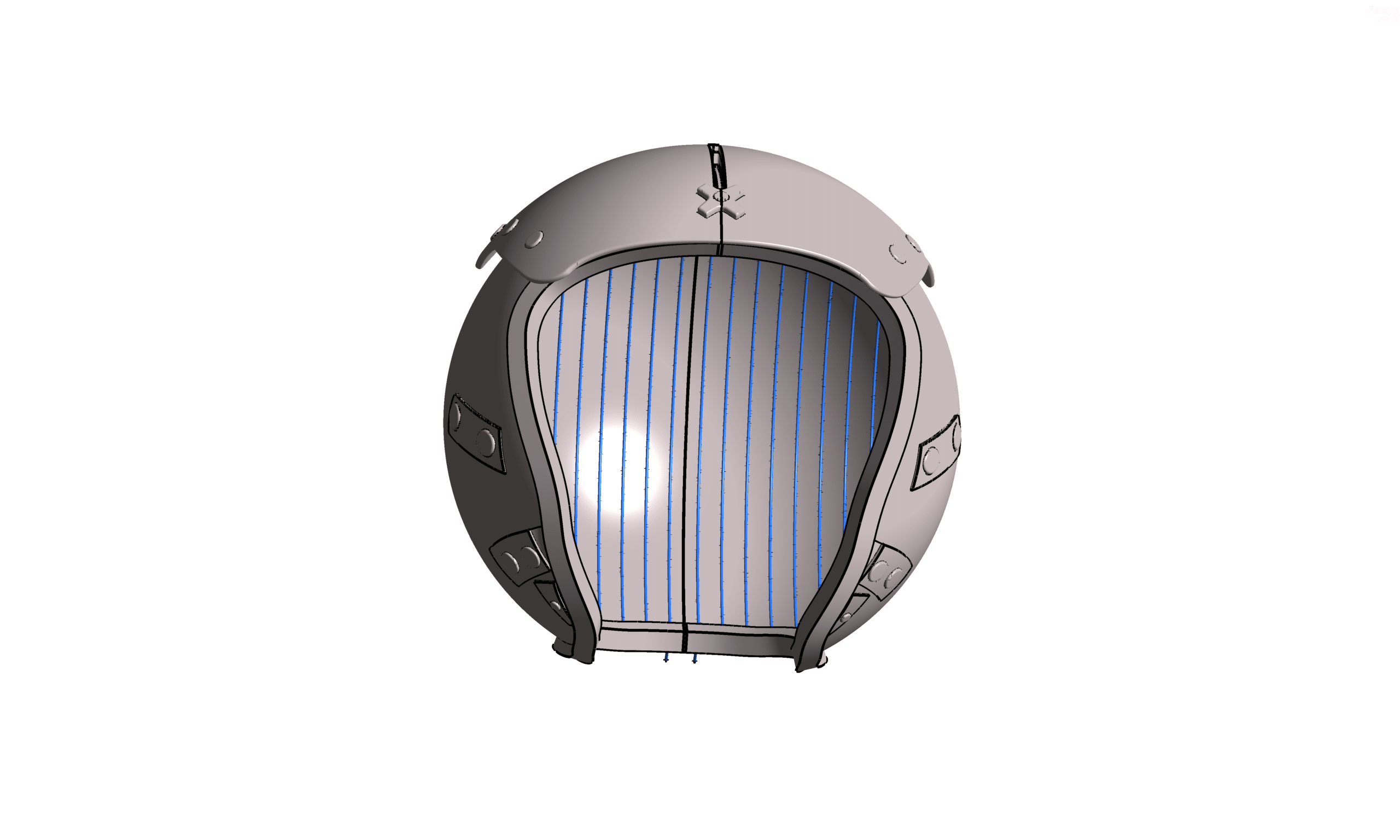
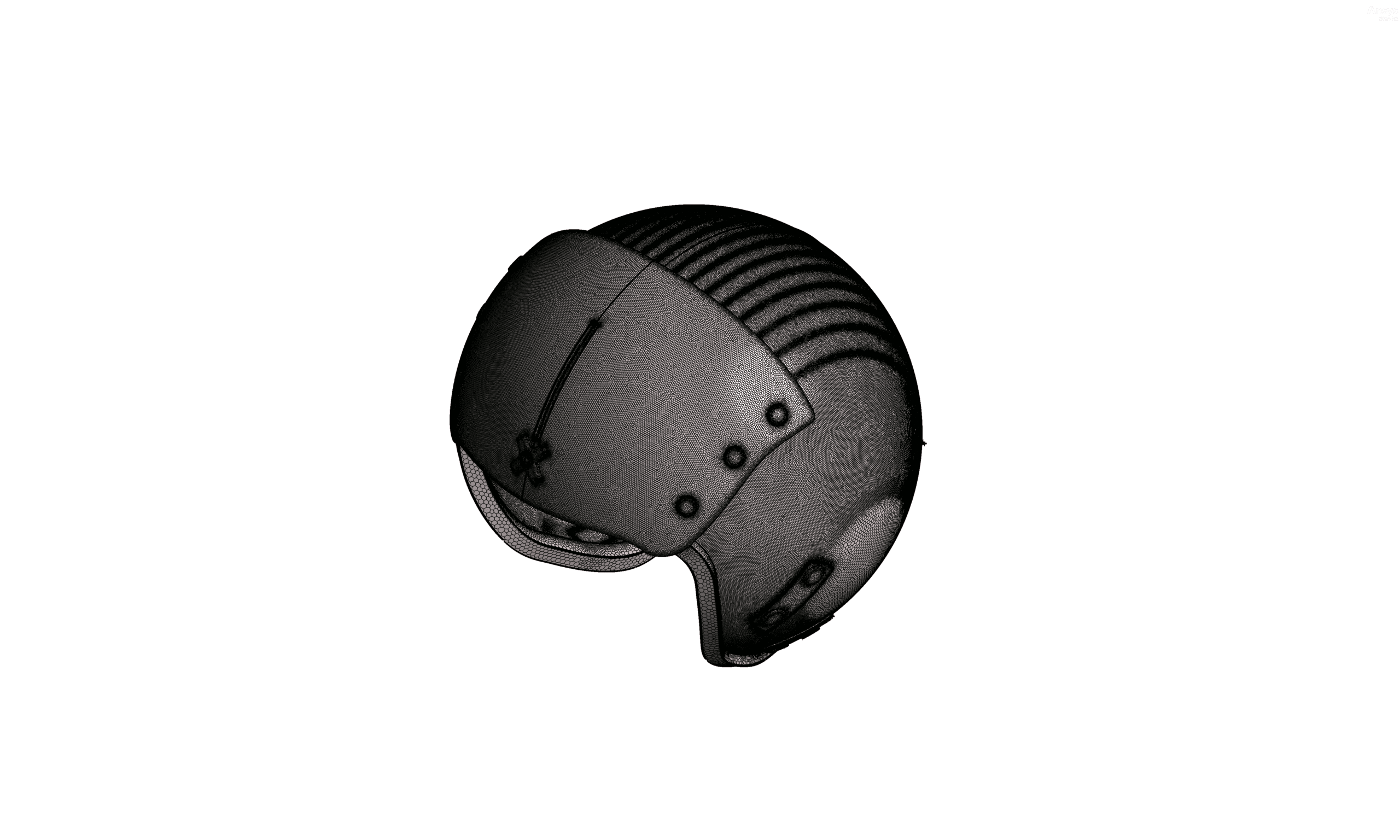
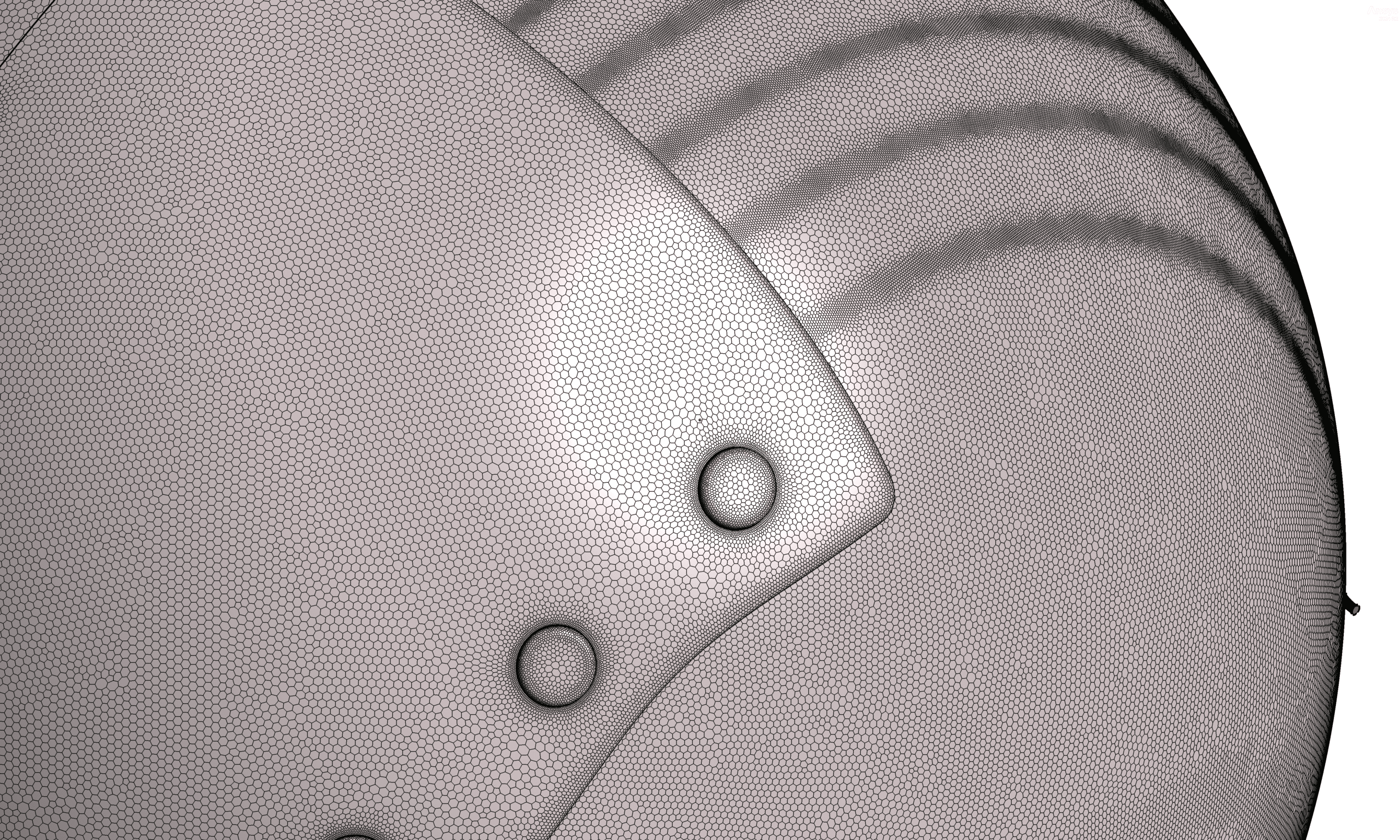
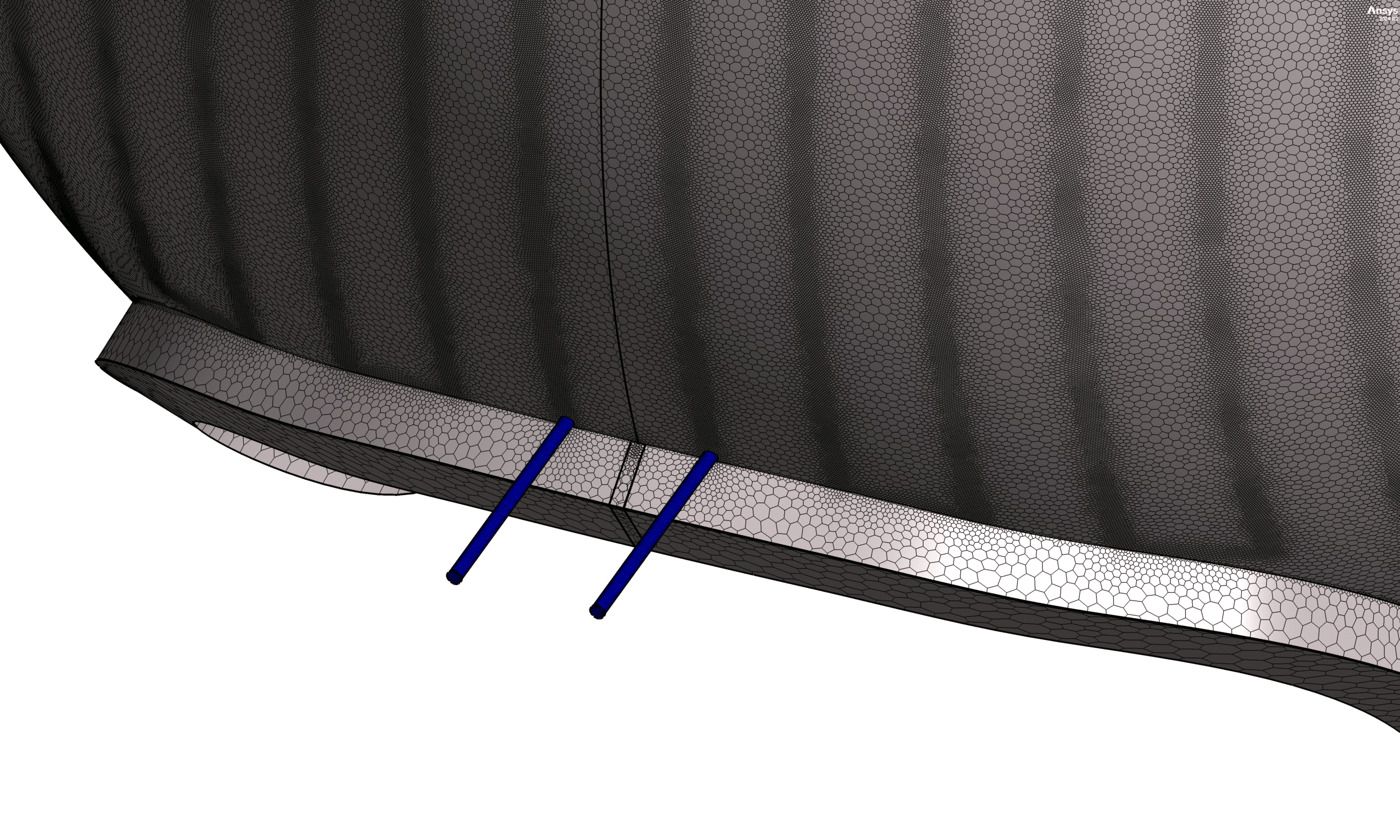


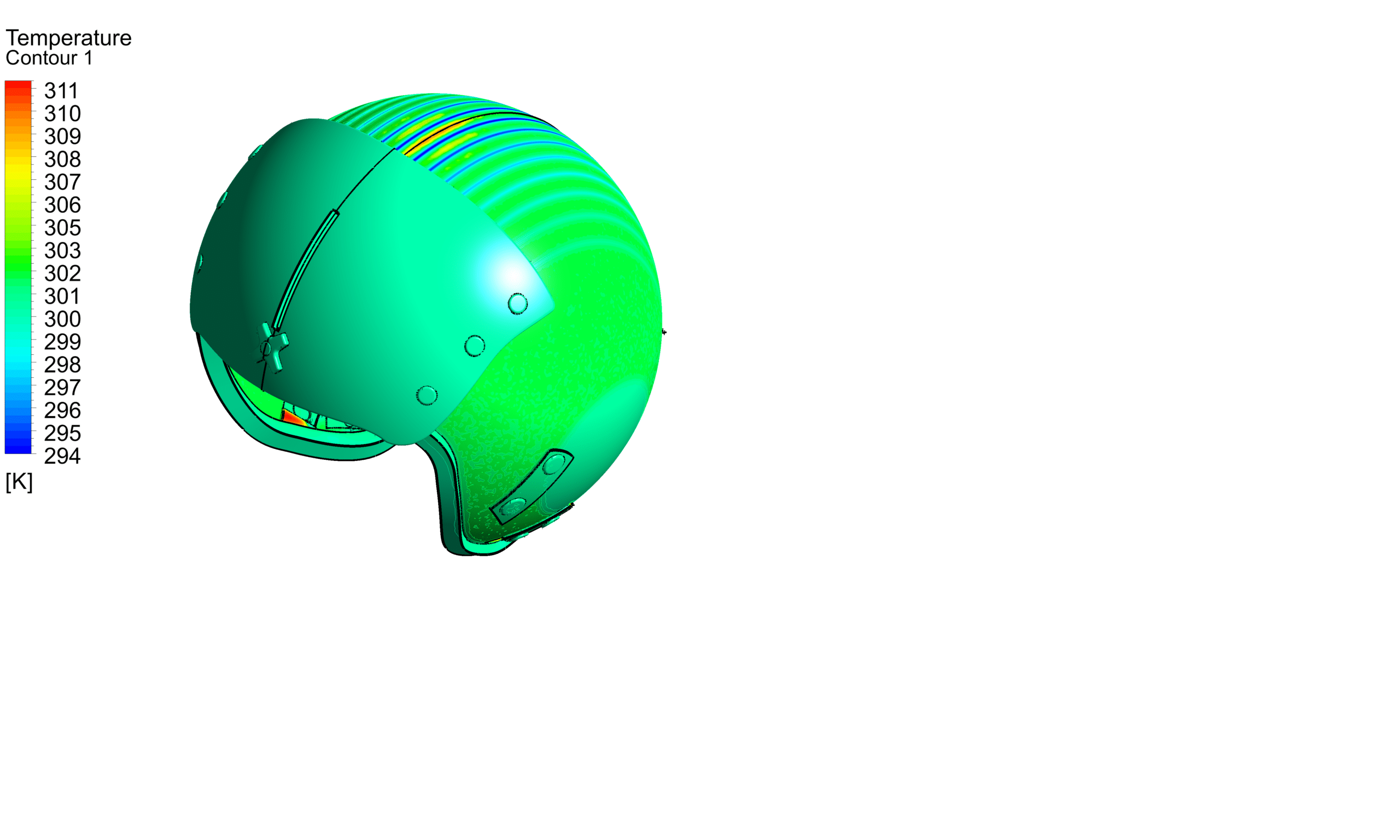





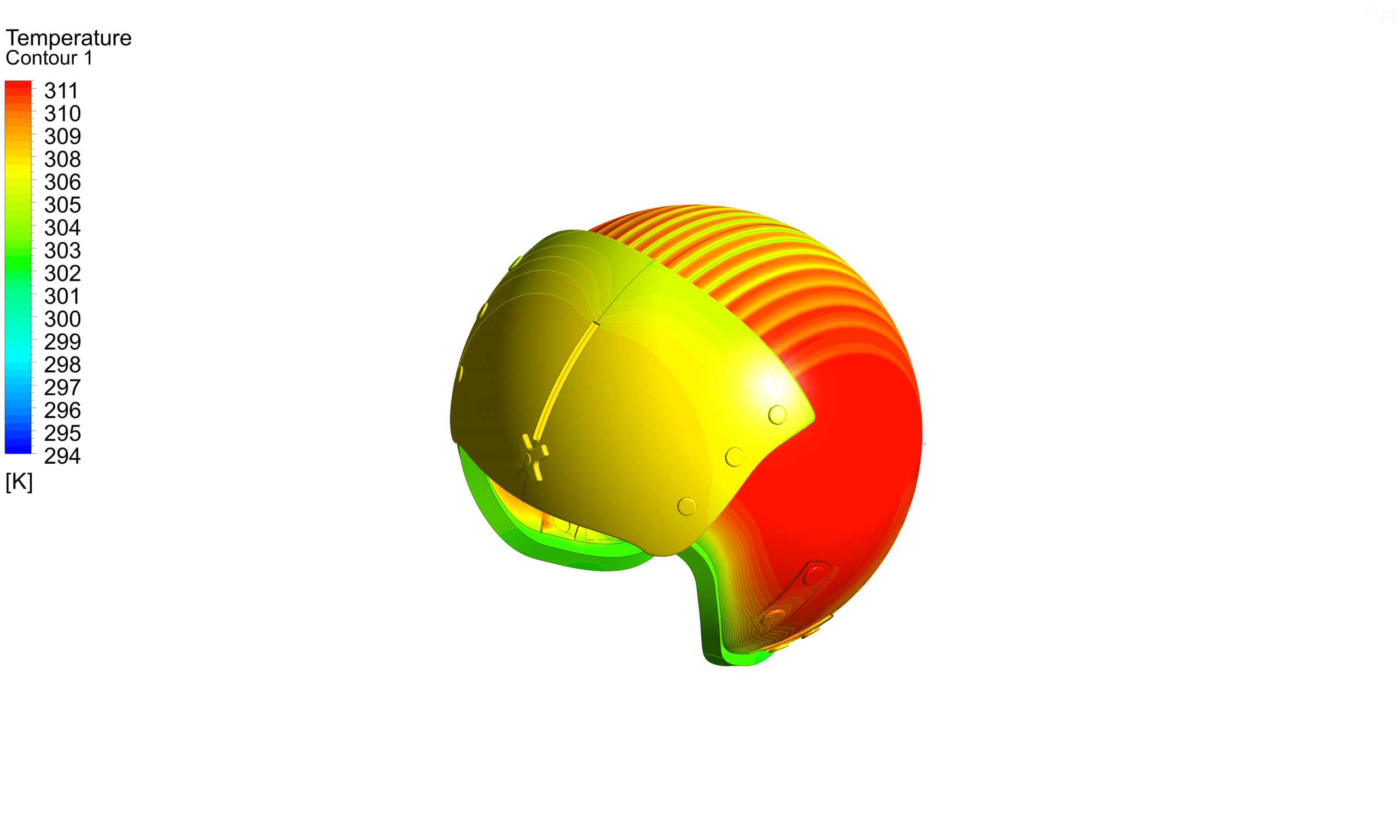
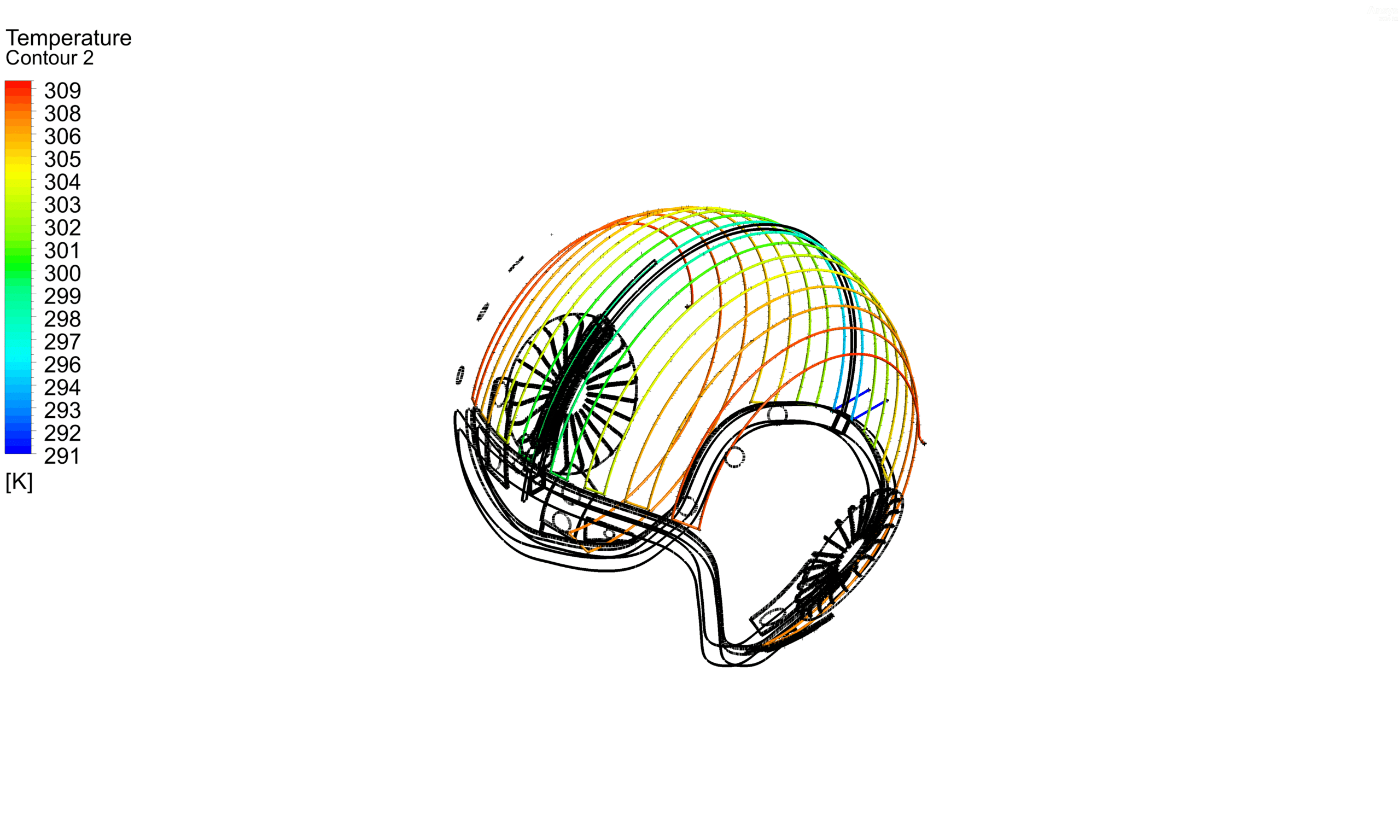
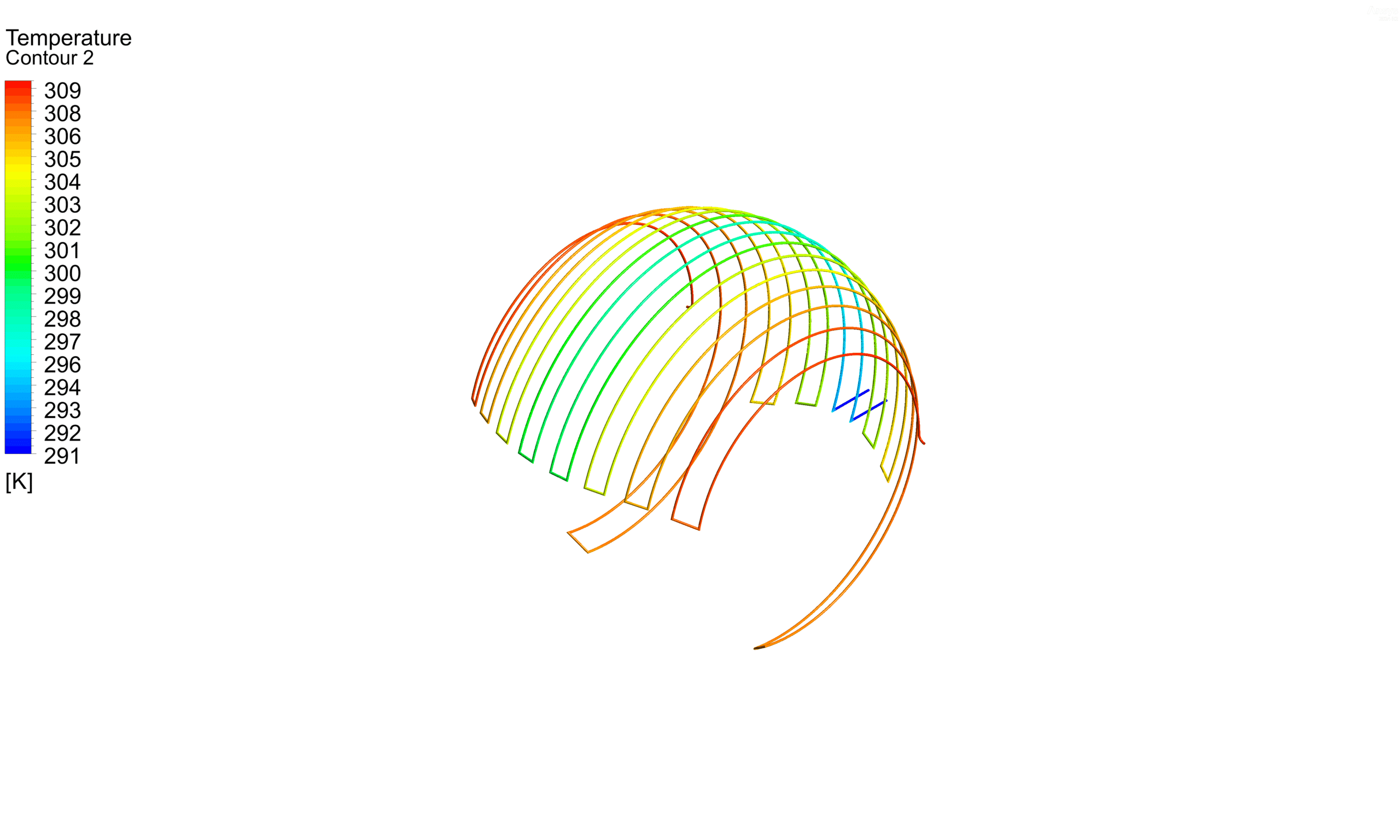
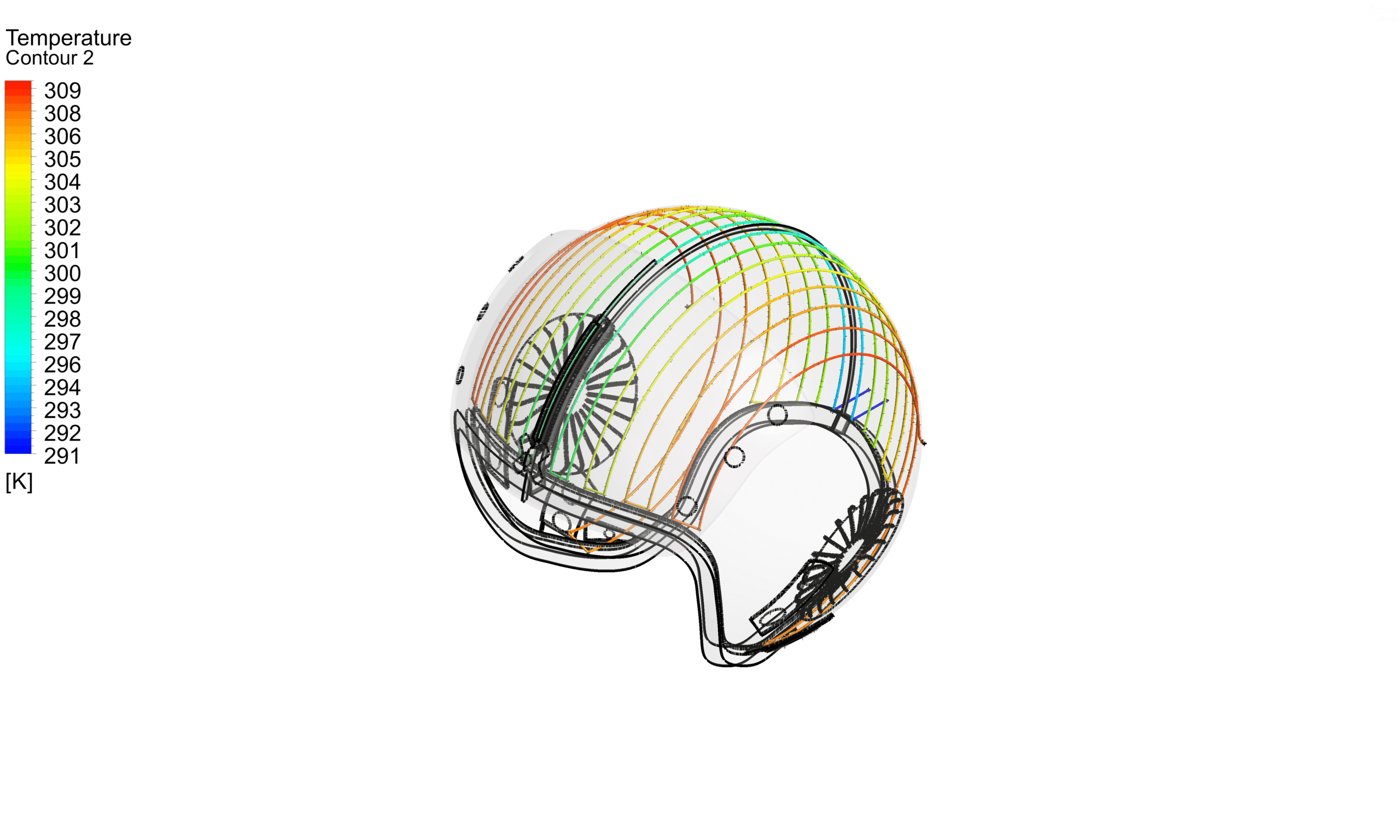
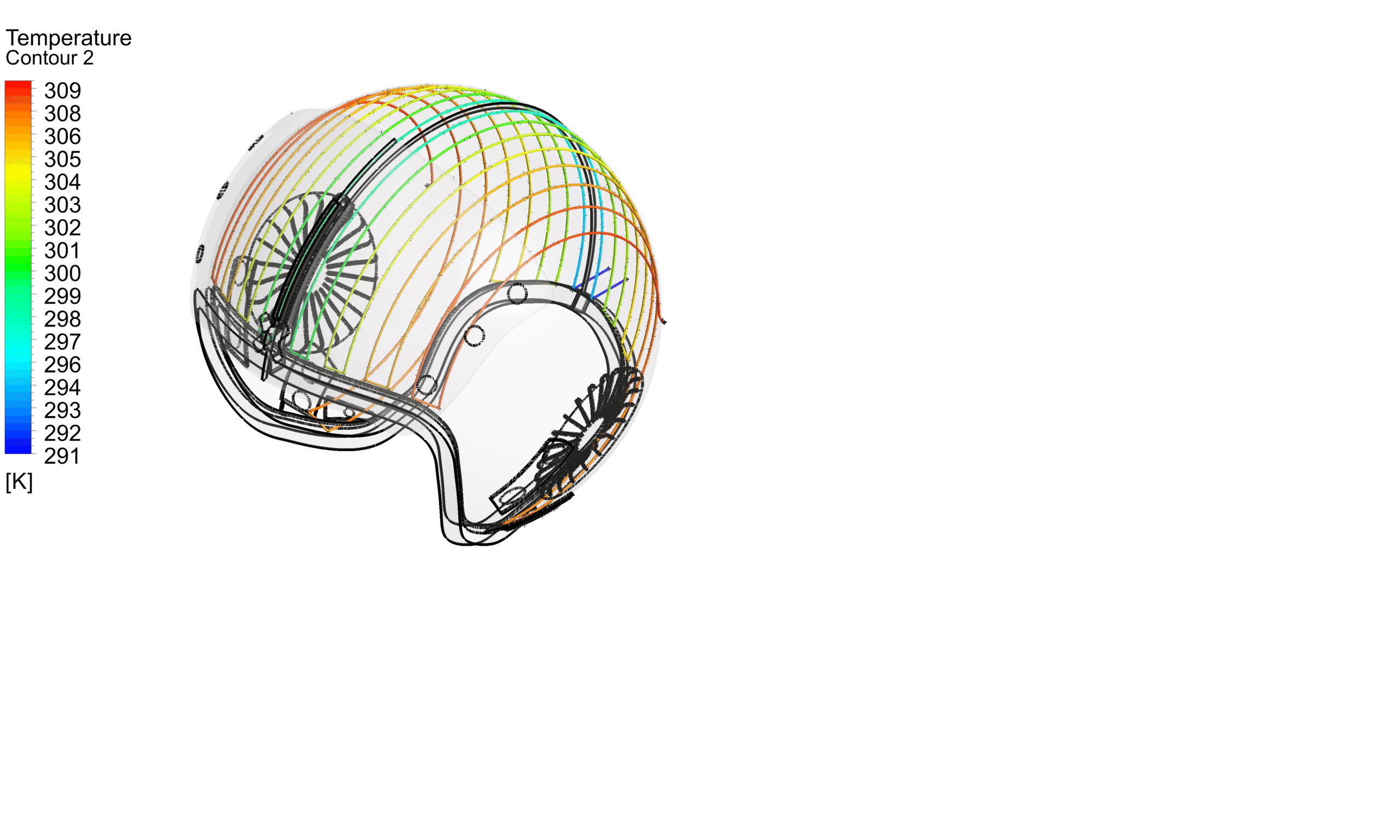
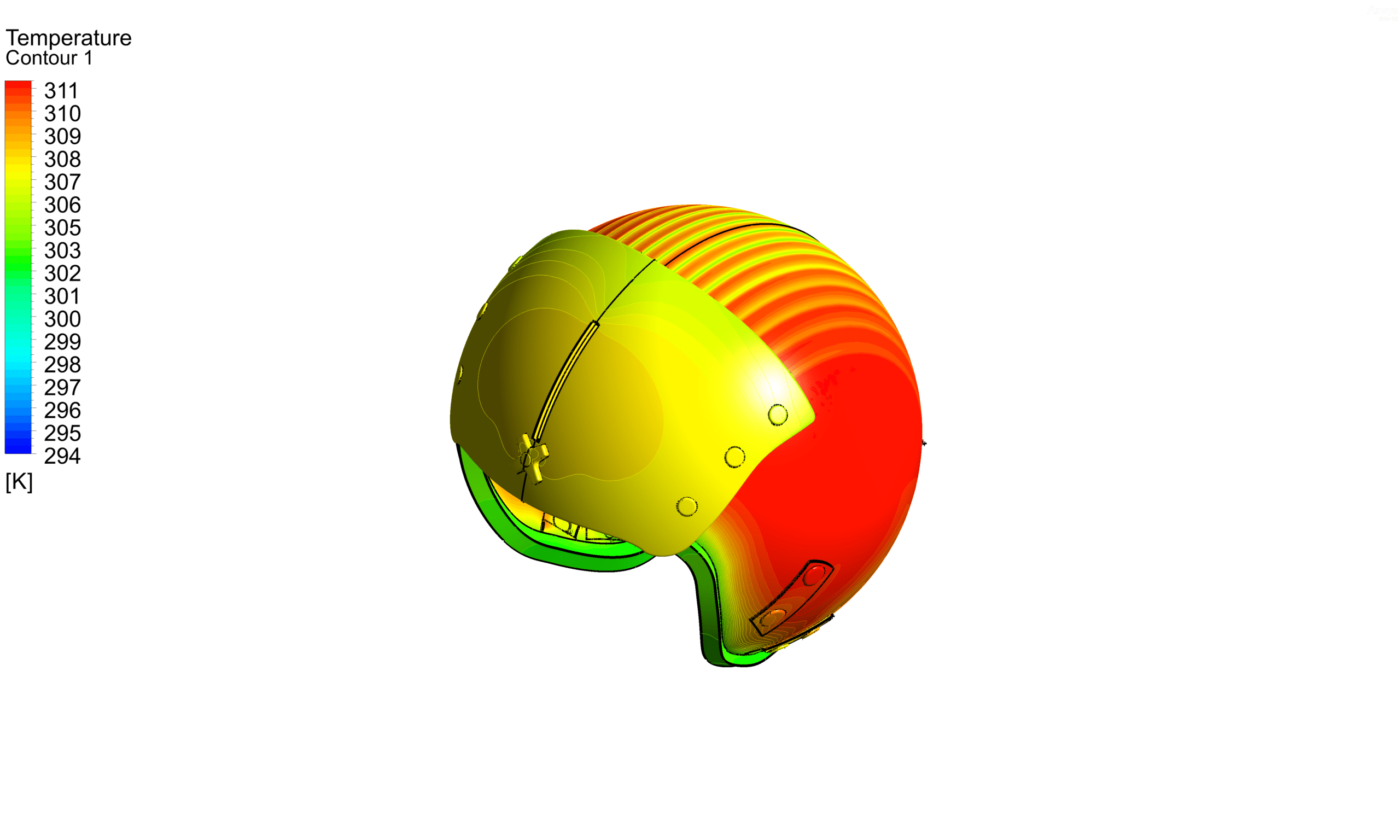
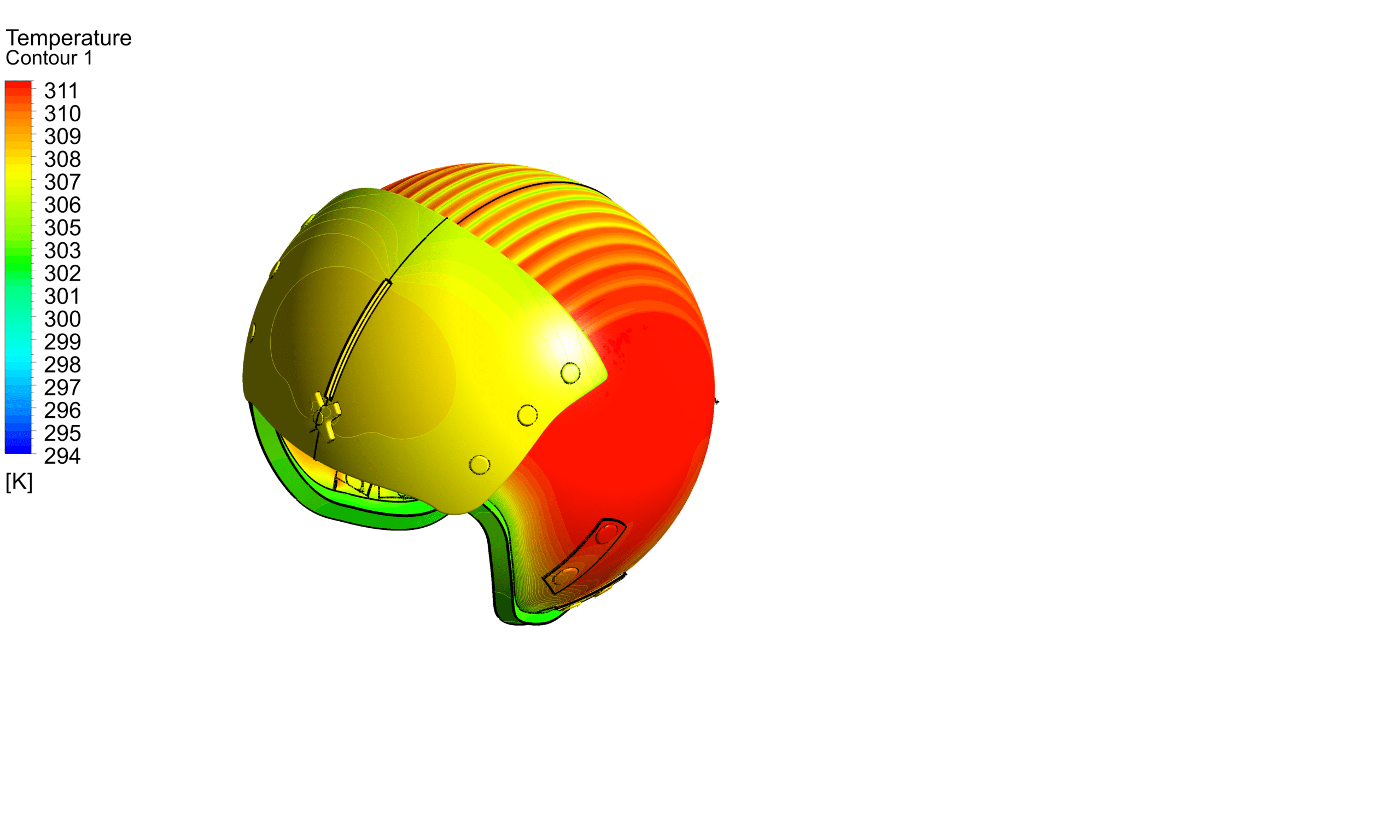
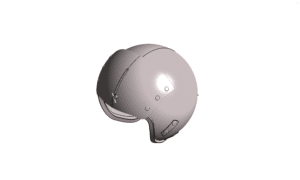
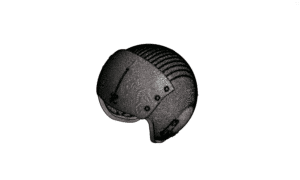
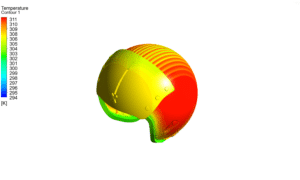
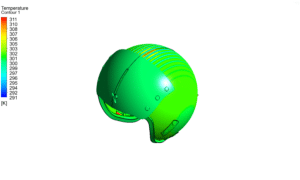




Reviews
There are no reviews yet.